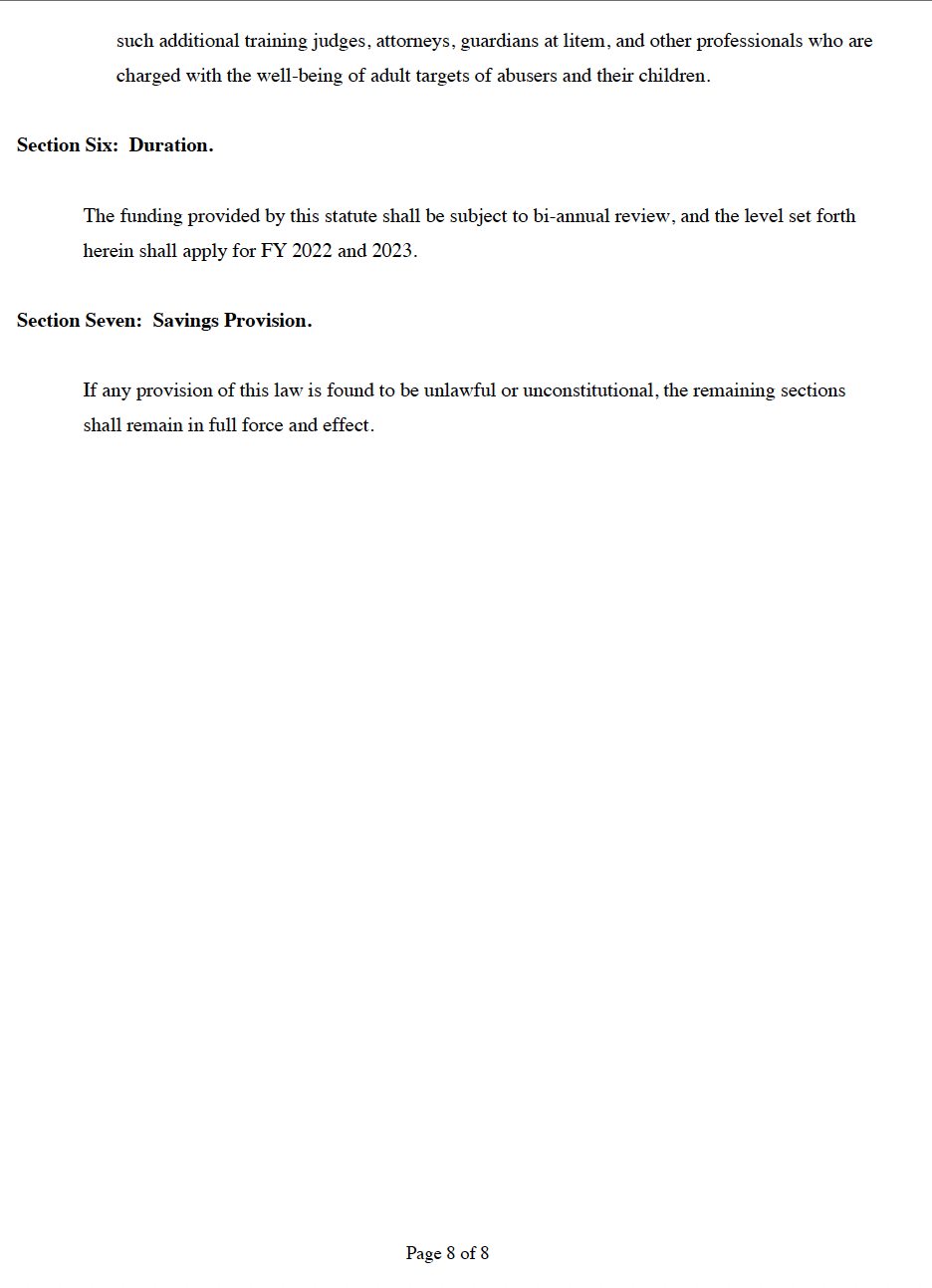


• Domestic violence and intimate partner violence occur through physical, sexual, psychological, and economic abuse. It also occurs through stalking, technological abuse, legal abuse, and other means to increase the abuser’s power and control.1
• Over 43 million women and 38 million men in the US have experienced some form of psychological aggression by an intimate partner in their lifetime, which can result in victims and survivors experiencing mental health problems such as depression and posttraumatic stress disorder (PTSD) symptoms.2
• Although women tend to experience different forms of traumas than men, the most common of which are sexual assault or child abuse, they experience PTSD symptoms similar to those of combat Veterans.3
• Domestic violence is a pervasive issue that affects at least 10 million people in the US each year,4 disproportionately affecting women at a rate higher than men,5 especially those women of whom are racial/ethnic minorities.6
• The most extreme form of domestic violence is intimate partner homicide (IPH). In one study across 16 states, 77% of all IPH victims were female and 20% of the IPHs were those of family members, friends, neighbors, persons who intervened, law enforcement responders, or bystanders.7
• There has been an increase in rates of domestic violence incidents due to the COVID-19 pandemic and the negative social consequences it creates, such as isolation due to social distancing, unemployment, and psychological stress.8
• The Centers for Disease Control (CDC) estimates the societal costs of domestic violence are over $3.6 trillion, including costs associated with medical services, lost productivity from work, and costs due to endless court proceedings.9
• In 2017, the Legal Services Corporation (LSC) reported that low-income Americans sought funding for an estimated 1.7 million civil legal problems with 53%-70% of the problems receiving limited or no legal help due to lack of resources.10
• The Legal Services Corporation (LSC) reported that in 2017, low-income survivors of recent domestic violence [or sexual assault] received inadequate or no professional help for 86% of their civil legal problems.11
• Many courts and police agencies remain unreceptive and biased towards victims, facilitating abusive conduct and empowering abusers to make frequent and repetitive use of courts until they accomplish their pernicious objectives of continued domestic violence through the court system against their victims.12
• Often, children of domestic violence and child abuse are not adequately protected by the Court and are taken from the protective parent and placed in the hands of the abuser. This atrocity, which endangers an untold number of children throughout the US, is pervasive within the American judicial system.13
• The pervasiveness and magnitude of the human and economic impact of domestic violence makes its elimination, to the maximum extent possible, a matter of urgent national importance.
• Domestic violence is not limited to persons of any specific class, sexual preference, race, ethnicity, age, gender, geography, education, ability, citizenship status, political affiliation or religion. Instead, the issue is national in scope and must be so addressed
To ensure all victims of domestic violence and intimate partner violence have access to high-quality legal services, it is proposed that Congress establish stand-alone services of Private Domestic Violence Legal Services Offices to represent victims with complex post-separation cases. The offices would be governed by independent Boards of Directors composed of domestic violence experts, advocates, and victims in every Congressional district.
$500 million funding would be authorized and allocated through the National Legal and Defender Association’s Civil Legal Aid Initiative and LSC. Funds would be provided equally to each Congressional District and fund offices specifically dedicated to extirpating both domestic violence and the misuse of our courts through harassing litigation which extends domestic violence into our courts.

Click the image below to open a PDF version of this proposed legislation.
For the time being telephone contact can be made by calling Sussman Law at: 845-294-3991.
To contact us by email, please use:
— Sussman & Associates (Goshen, NY)
— Victims' Safe Harbor Foundation, Inc. (Sorrento, FL).